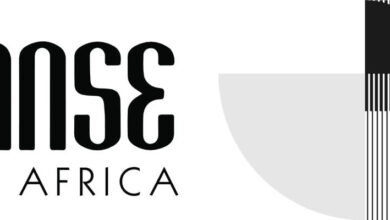Women Hit Hardest as Hunger Tightens Its Grip on Ghanaian Homes

Across many Ghanaian households, the struggle to put food on the table is growing harder and women are bearing the brunt. New data from the Ghana Statistical Service (GSS) paints a worrying picture of how food insecurity is deepening nationwide, with female-headed households consistently worse off than their male counterparts.
According to the GSS, the proportion of female-headed households experiencing food insecurity increased from 40.4 percent in the first quarter of 2024 to 44 percent by the last quarter of the year. Among male-headed households, food insecurity also rose from 32.4 percent to 37.1 percent over the same period. This means that, on average, women-led homes are about seven percentage points more likely to be food insecure than those headed by men.
What the Numbers Mean
Behind these figures are real people: families who cannot afford or access enough food. The numbers indicate that almost half of all female-headed households in Ghana are struggling to meet their daily food needs. This trend is particularly worrying because women make up a large share of smallholder farmers, traders, and food vendors in the country, yet they remain the most affected when food prices rise or harvests fail.
The higher rate of food insecurity among women reflects long-standing inequalities. Many women have limited access to land, farm inputs, or financial credit. In rural areas, widows and single mothers often depend on small farms or petty trading for income, and when inflation or drought hits, they are left with few options.
A Growing National Concern
Food insecurity is more than just the absence of food. It affects the economy, public health, and national stability. When families are food insecure, they are forced to cut down on meals, eat less nutritious food, or take children out of school to help earn income. Malnutrition increases, productivity falls, and poverty deepens.
The GSS findings show that Ghana’s progress toward achieving food security and zero hunger is at risk. The increase in both male and female food insecurity rates signals broader economic pressure — including rising food prices, declining harvests in some regions, and the impact of climate change on local agriculture.
Why Everyone Should Care
Hunger in female-headed homes affects entire communities. Women play a key role in food production, processing, and retail. When they are unable to sustain their livelihoods, it leads to shortages in local markets and higher food prices. The situation also threatens the country’s long-term food security, as fewer women are able to invest in farming or expand their businesses.
If the trend continues, more households could fall into poverty, widening the gender and income gaps even further. Food insecurity, especially among women, is therefore not just a social issue — it is a national economic challenge that demands urgent attention.
The Way Forward
Analysts and development experts have long called for stronger support systems for women farmers and traders. They recommend targeted interventions such as improving access to land and affordable credit, expanding irrigation and storage facilities, and providing market opportunities for women in agriculture.
There is also a growing call for gender-sensitive agricultural policies that empower women as key partners in achieving national food security. Strengthening local food production, supporting cooperatives, and reducing dependence on imports are seen as essential steps to building resilience among vulnerable households.
The message from the Ghana Statistical Service is clear — food insecurity in Ghana is deepening, and women are bearing the greatest burden. As the country reflects on these findings, the challenge is not only to produce more food but to ensure that every household, especially those led by women, has fair and reliable access to it.




